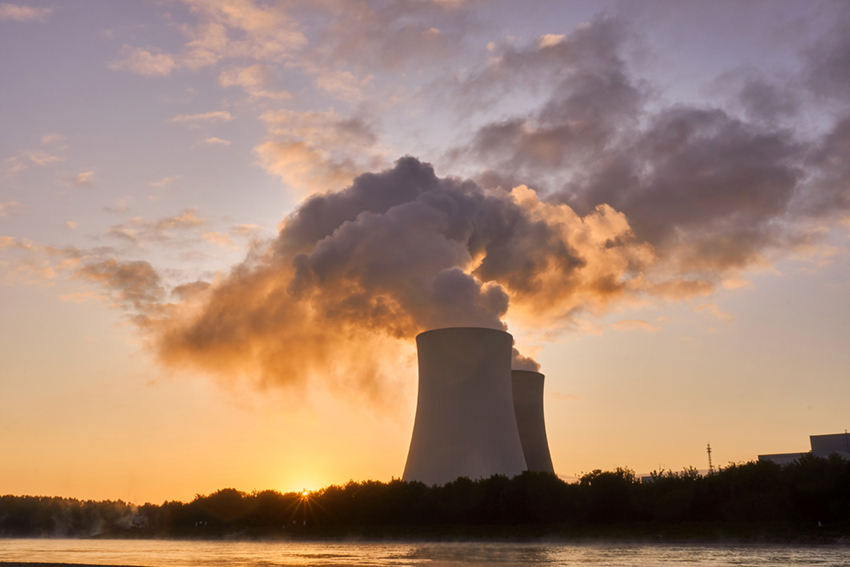Radiological and nuclear risk
Our Country has a National Plan for the management of radiological and nuclear emergencies to deal with accidents that may occur at nuclear plants located outside Italy.

Four nuclear power plants in Italy stopped their activities following the Chernobyl accident in 1986 and the subsequent moratorium on peaceful nuclear use by referendum in 1987, and are now facing deactivation.
Moreover, our Country is equipped with a National Plan for Radiological and National Plan for the management of radiological and nuclear emergencies that may happen to nuclear plants located outside of Italy. There are 13 nuclear plants in France, Switzerland, Germany, and Slovenia, located 200 kilometers from the Italian border.
Other sources of radiological and nuclear risk in Italy are linked to the use, transportation, and disposal of radioactive material, primarily employed in the medical, industrial, and research fields, to the presence of research facilities and the docking in some Italian ports of foreign nuclear-powered ships or submarines. These risks are addressed by local emergency plans prepared by the competent Prefectures.
The matter is made up of atoms, which are in turn made up of a nucleus, composed of neutrons (uncharged particles) and protons (positively charged particles), surrounded by electrons (negatively charged particles).
By nature, most atoms do not transform over time; these are stable atoms. Other atoms, however, tend to transform (unstable atoms) and while doing so they release charged particles and energy, a phenomenon known as 'radioactivity'. Atoms' stability or instability depends on the balance of neutrons and protons in the nucleus. Unstable atoms tend to spontaneously transform their nuclei, emitting excess energy in the process. The energy released is 'ionizing', which means that it is capable of transforming a neutral atom into a charged sort by stripping the electron off the outermost orbital. The 'positively' charged species is also capable of ionising other atoms or molecules in turn.
All types of ionizing radiation interact with matter, including the human body, transferring all or part of its energy to it. The transfer of energy in the human body causes damage to organs and tissues.
Alpha radiations are made up of two neutrons and two protons. These particles have no great penetration capacity as they lose their power after traveling a few centimeters in the air from their emission. Thin layers and light materials such as paper shield these particles. They do not pose a direct or external risk as the skin blocks them but are still potentially harmful if ingested, inhaled, injected, or absorbed.
Beta radiations are formed by electrons. They exhaust their energy after traveling a few meters in the air from the emitting point. Aluminum foil, a sheet of glass, or wood can block them. Their penetration into the human body does not go beyond the first layers of the skin (which, in any case, is damaged by exposure to this type of radiation). Still, they can represent a serious risk, even lethal, depending on exposure and if ingested, inhaled, injected, or absorbed.
Gamma radiations and x-rays are more penetrating than alpha and beta radiations. Therefore, they pose the most significant risk in external exposure but can also be dangerous in internal exposure. They can be blocked by several dozen centimeters of concrete, such as the walls of a building, or a few centimeters of lead.
There is a range of naturally occurring radioactivity related to phenomena such as cosmic rays coming from space, radioactivity in the earth's crust, or some foods and drinks. One natural radionuclide is radon, an odorless, invisible gas released from soil and rocks. It does not cause problems outdoors but quickly penetrates through walls and concentrates in the basement or underground rooms of dwellings, especially if they are well-insulated and have poor air circulation.
Artificial radioactivity linked to human activities also exists, involving the use of radioactive sources or radioactive/fissile materials: in medicine (diagnostics and therapy), research laboratories, petrochemical industries, sterilization and food irradiation facilities, etc.